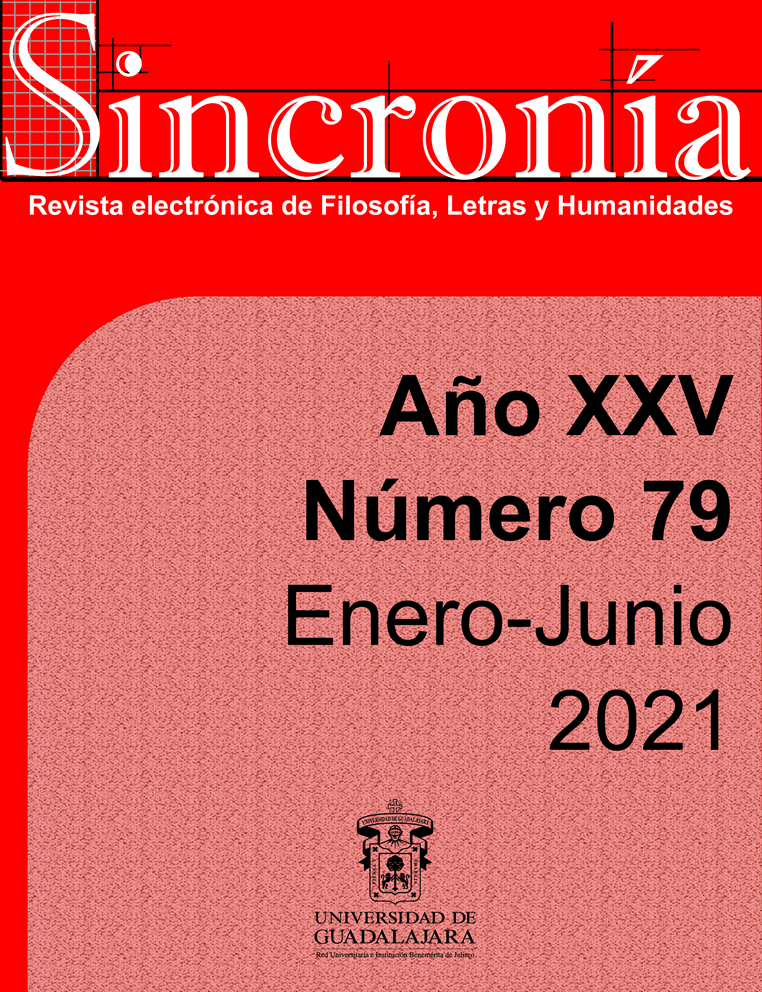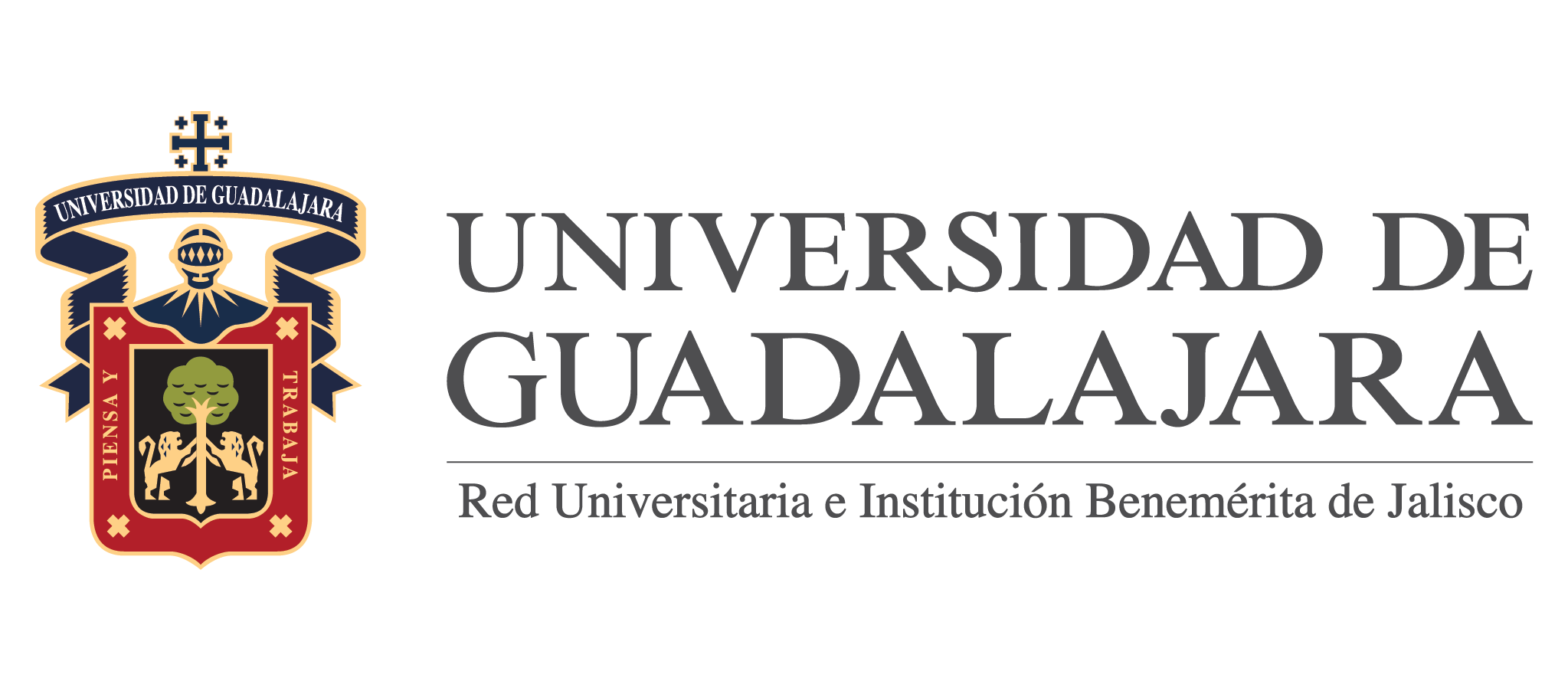Inclusion of blind and partially sighted people in music education programs
Keywords:
Stimulation., Special education., Neuroscience., Disability., Musicografie.Abstract
We begin this article by discussing the issue of inclusive education and education for children with special needs included blind or visually impaired. In addition, we present the general characteristics of inclusive education and highlight the valuable avtivity of the teacher and writer, Alicia Molina, who has worked about disability in Mexico and in the same way, strugglles to achieve the inclusion of children with disability in arts and cultural activities. we present the general characteristics of inclusive education and give recognition to teacher and writer, Alicia Molina, who taken on the task of informing about disabiliti in Mexico and also works to ackieve the inclusion of children with disabilities in art and cultural activitis. In a succint way, we present the profile of some great musicians of the 20th century, to conclude with a brief description linked to the research work we are completing regarding the musical education of young blind andvisually impaired people.
Downloads
References
Asociación Nacional de Universidades e Instituciones de Educación Superior ANUIES (2011). Manual para la Integración de Personas con Discapacidad en las Instituciones de Educación Superior. México: Secretaría de Educación Pública.
Benenzon, R. (2016). La nueva musicoterapia. Buenos Aires-México: editorial Lumen.
Bocelli, A. (2020). Andrea Boccelli. www.andreabocelli.com.
Historia-Biografía (2020). Ray Charles. www.historia-biografia.com.
Cervantes, R. y Sandoval, S. (2015). Educación inclusiva: música para alumnos invidentes y débiles visuales, en Una visión interdisciplinaria del arte. Universidad de Guadalajara, Facultad de Arquitectura de la Universidad Autónoma de Tamaulipas, Universidad de Sonora y Universidad de Ciencias y Artes de Chiapas.
Davison, J., y Rink, J. (ed.) (2002). La interpretación musical. El desarrollo de la habilidad interpretativa. Madrid: Alianza Música. Buscabiografias. (2020). José Feliciano. https://www.buscabiografias.com/biografia/verDetalle/4605/Jose%20Feliciano
Maojo, V. (2018). Cerebro y Música. Entre la neurociencia, la tecnología y el arte. Barcelona: Salvat editores.
Molina, A. (2010). Todos significa todos. Inclusión de niños con discapacidad en actividades de arte y cultura. México: CONACULTA.
National Geographic Channel (2011). Cerebro. El órgano de la sabiduría, [Archivo de video] México: RTC, DVDA-8770.
Enlace Fun Extra. (2020). Ernesto Hill Olvera. http://enlacefunkextranet.blogspot.com/
Fundación ONCE (2016). Quienes somos. https://www.fundaciononce.es/es/pagina/quienes-somos
Organización Mundial de la Salud OMS. (2020). Discapacidad y salud. https://www.who.int/es/news-room/fact-sheets/detail/disability-and-health
Rodrigo, J. (2020). Joaquín Rodrigo. www.joaquin-rodrigo.com.
Rogers, C. y H. Jerome (2010). Libertad y creatividad en la educación. Barcelona: Paidós Educador
Ruvalcaba, X. (2019). Enseñanza de la musicografía Braille para niños en edad preescolar (Tesis de maestría), Guadalajara, Jalisco: División de Artes y Humanidades del Centro Universitario de Arte Arquitectura y Diseño (CUAAD)
Sandoval, S. (2015). Problemática de la enseñanza musical en la educación básica mexicana del siglo XX. En Memorias del IV coloquio internacional de música, Guadalajara, Jalisco. Centro Universitario de Arte, Arquitectura y Diseño (CUAAD).
Schlaug, G.; Forgeard, M.; Zhu, Lin.; Norton, A. & Winner, E. (2007). Training-induced Neuroplasticity in Young Children, Ann New York: Acad Sci.
Organización de las Naciones Unidas Para la Educación, la Ciencia y la Cultura UNESCO (2015). La Educación inclusiva: el camino hacia el futuro, documento de referencia https://unesdoc.unesco.org/ark:/48223/pf0000162787_spa
Willis, P. y Peter, M. (2000). Música para todos. Desarrollo de la música en el currículum de alumnos con necesidades educativas especiales. Madrid: Akal/Didáctica de la Música.
World Blind Union WBU (2016). Países. http://www.internationaldisabilityalliance.org/WBU
Downloads
Published
How to Cite
Issue
Section
License

This work is licensed under a Creative Commons Attribution-NonCommercial 4.0 International License.
You are free to:
- Share — copy and redistribute the material in any medium or format
- Adapt — remix, transform, and build upon the material
- The licensor cannot revoke these freedoms as long as you follow the license terms.
Under the following terms:
- Attribution — You must give appropriate credit , provide a link to the license, and indicate if changes were made . You may do so in any reasonable manner, but not in any way that suggests the licensor endorses you or your use.
- NonCommercial — You may not use the material for commercial purposes .
- No additional restrictions — You may not apply legal terms or technological measures that legally restrict others from doing anything the license permits.



























